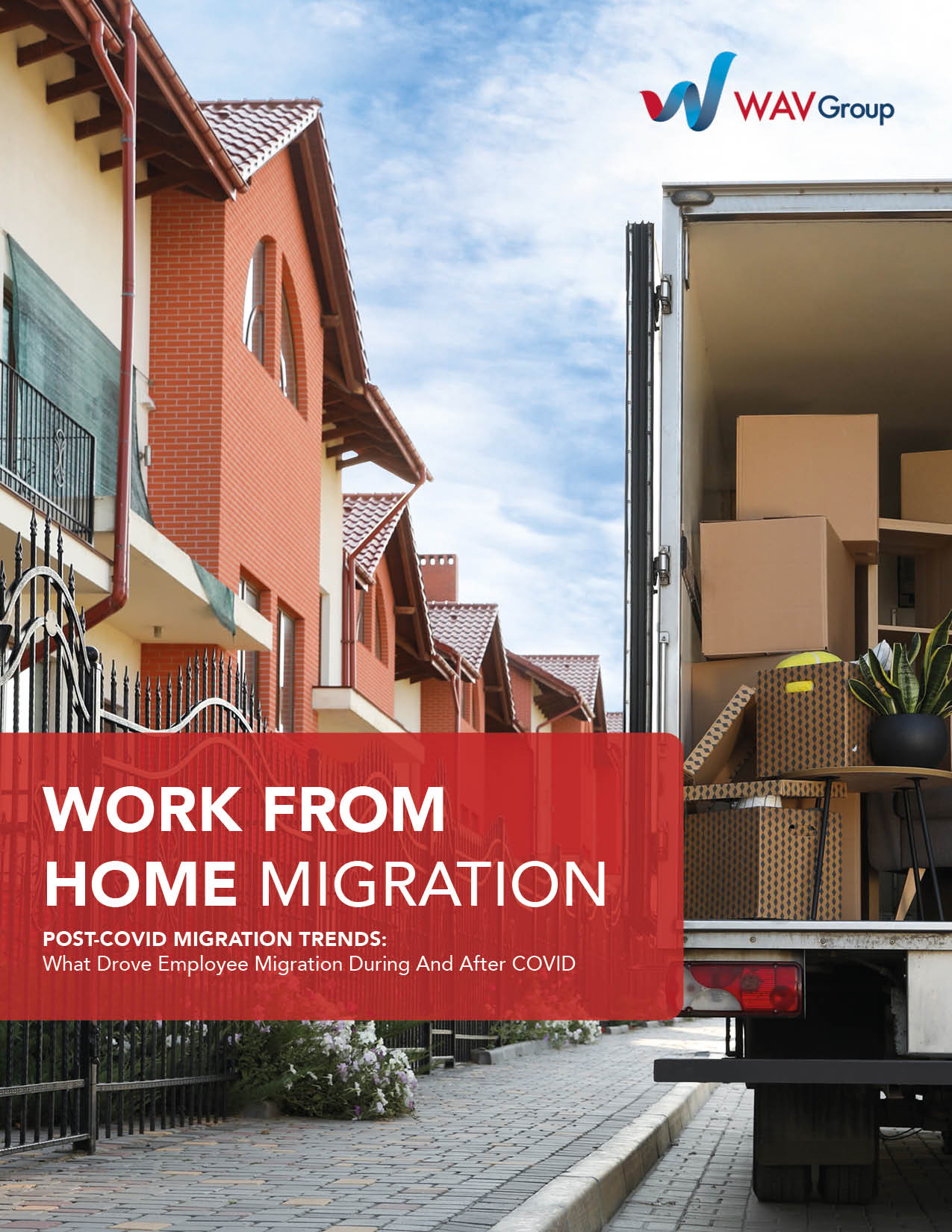The COVID-19 pandemic brought about significant changes to our lives, reshaping the way we work, socialize, and even where we call home. As remote work became the new norm, many individuals seized the opportunity to reassess their living situations and make a move. In this study, we aimed to explore migration patterns during the pandemic and understand the factors influencing relocation decisions.
 The Boomerang Effect: Relocating Back to Pre-Pandemic Homes?
The Boomerang Effect: Relocating Back to Pre-Pandemic Homes?
In our initial hypothesis, we postulated the existence of a boomerang effect, suggesting that individuals who had moved during the pandemic might eventually change their minds and desire to return to their previous locations. However, our research revealed that only a small minority, comprising approximately 4% of respondents, had actually relocated back to their pre-pandemic locations.
Staying Put: The Cohort Considering a Return
Even among those contemplating a return to their pre-pandemic residence, the percentage remained relatively low at around 15%. A significant majority of participants, approximately 75%, expressed their intention to stay in their current location. These findings provide valuable insights into the long-term impact of the pandemic on residential preferences.
Homogeneous Location Movement: Easing the Transition
One of the key factors contributing to the majority’s decision to remain in their current locations was the similarity between their pre-pandemic and post-relocation environments. Our study found that most individuals did not undergo a drastic change in their living environment. Those who resided in cities prior to the pandemic-induced relocation predominantly chose to stay within urban areas. This homogeneous location movement likely facilitated a smoother transition, as individuals were already familiar with the urban lifestyle and amenities available.
Reasons for Relocation: Lifestyle and Family Proximity
Upon further analysis, we discovered that the primary reasons cited for deciding to move during the pandemic were an improved lifestyle and proximity to family. Better lifestyle opportunities, such as access to nature, affordable housing, and a more relaxed pace of life, emerged as significant motivating factors. Additionally, being closer to family members and support networks played a crucial role in the relocation decision-making process.
Higher Satisfaction with the Decision to Move
The emphasis on lifestyle enhancements and family proximity in individuals’ relocation choices appears to have a positive impact on their overall satisfaction with the decision. When people move for reasons that align with their values and personal goals, they are more likely to experience higher levels of contentment and fulfillment in their new locations.
Conclusion: The Complex Nature of Migration Decisions
In conclusion, our study highlights the complex nature of migration decisions during the pandemic. While a small percentage of individuals have returned to their pre-pandemic homes, the majority has chosen to stay put. This preference for continuity in living environments, coupled with the primary motivations of seeking an improved lifestyle and closer family ties, contributes to higher satisfaction with relocation choices. As we continue to navigate these unprecedented times, it is crucial to recognize the interplay between personal aspirations and external circumstances when examining the dynamics of migration.
Don’t miss out on this invaluable resource! Our full Work From Home Migration Study, provides an understanding of the factors influencing relocation decisions during the pandemic.




